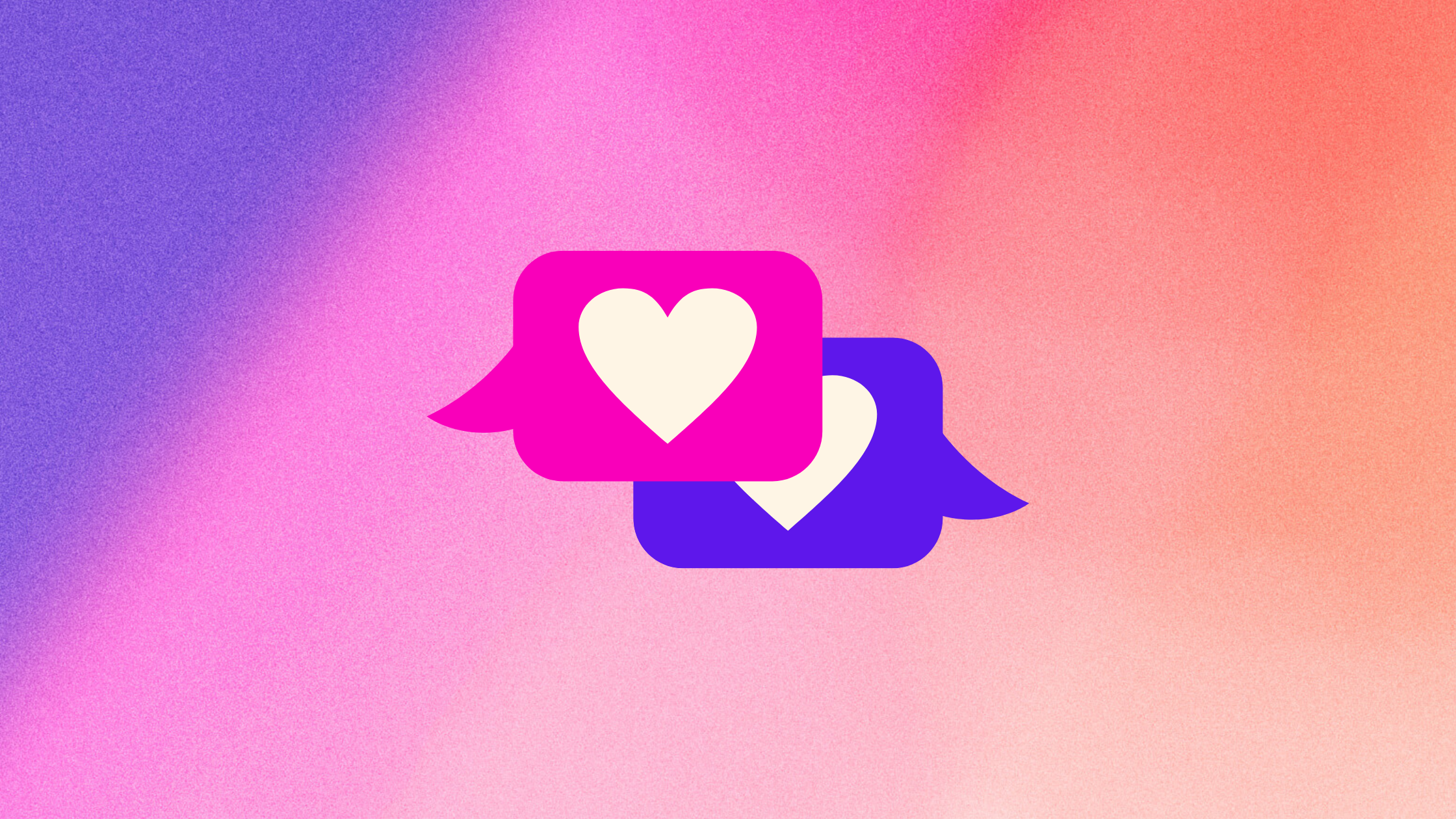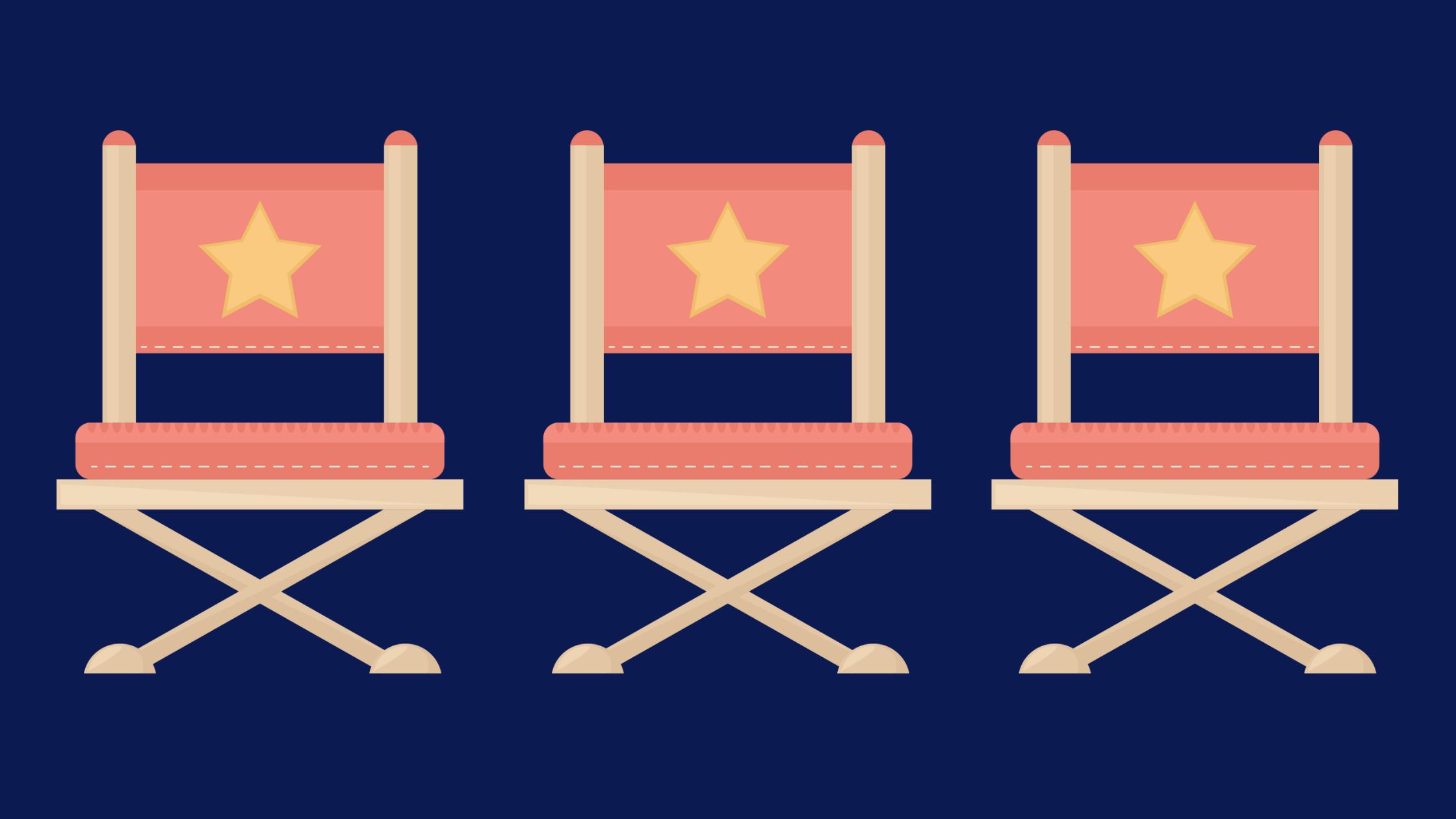Can Brands Relieve Gen Z Dating Burnout?

By Matt Levitan
Online dating has come a long way since Match.com launched in 1995. Today the top dating apps—Tinder, Bumble and Hinge, in the US—attract their users with the promise that a match is just one click, swipe, or message away. If online dating has become this efficient and easy in the past 29 years, why is Gen Z, the most online generation ever, leaving online dating behind?
Dating apps peaked in 2019 with 287.1 million users worldwide, mostly Millennials. Last year, downloads were off that peak by 50 million. While the youngest members of Gen Z (ages 12-27) are still coming of age, twenty-somethings have been at this for years. And we are exhausted.
By streamlining dating digitally and through apps, dating platforms have been trying to put a quick fix to a very complicated and weighty aspect of life. There’s no denying the convenience of these apps. Put in some light effort, and it’s possible to set up date after date, in much less time than it would take to approach and persuade strangers in public. And—crucially—without any risk of public embarrassment or face-to-face rejection.
Everyone has a friend of a friend who found Their Person via an app. Cheers to the happy couple! But for the active users, there are downsides to so much convenience and risk avoidance.
INAUTHENTICITY, EXCESS AND BURNOUT
Gen Z is famous for craving authenticity, a response to growing up in an ocean of information, misinformation, and marketing claims. However, dating apps obscure this key dimension that singles look for in partners. How can one truly be authentic on a dating app where we only post the highlights of our lives, essentially marketing ourselves to an audience of potential matches? Cringe!
As for convenience, it leads quickly to excess. This survey revealed that one needs to swipe an average of 3,960 times to find a significant other. Who wouldn’t get burned out? That takes over eight months with six hours per week of swiping, and it doesn’t even take into account the amount of dates one would go on throughout that time period.
This brings us to another issue: the trivialized first date. As a single person among single people, my friends and I have had weeks where we’ve gone on more than three or four dates each, all for the pursuit of love. Speaking from experience, it is borderline impossible to approach each date independently and with the thoughtfulness that a first date used to entail. Between the date we had earlier in the week, the messages we haven’t responded to on our apps, and the date we’re currently on, we discovered that online dating is unrelenting and unrewarding.
We’re also aware of our role in a business model that needs to keep monetizing us as users, and that is under even more pressure as downloads have declined annually since 2019.
SEEKING ALTERNATIVES
Gen Z’s search for authentic connection is leading some to get bold and creative. Some are navigating this new stage of life with Date Me Docs, a document linked to one’s social media accounts with questions for a possible suitor to fill out and submit, using one’s network and following to do the dating work for them.
Another avenue new daters are trying is Instagram flirting. As we share our daily life and highlights through the social media platform consistently, Instagram has built-in user accessibility to enable users to see, follow, and gauge if a follower likes them before shooting their shot.
Dating apps have been trying to catch up to the changing attitudes, whether by adding new features or giving away free roses or additional swipes. While these efforts are well-intentioned, they may not land that way with a generation that is quick to call a corporation out for a misstep or having values that do not align with theirs. Bumble faced intense backlash this year for a campaign that tried to joke about celibacy.
Finding authenticity online is the challenge that lies ahead, both for the companies themselves and the everlasting connection their platforms promote.
OPPORTUNITIES FOR BRANDS
With Gen Z drifting away from online dating, yet still searching for authentic romantic connection, brands can help bridge the gap. Here are three ways.
Normalize singlehood. Being single isn’t a stigma; it’s a status that nearly every adult experiences for some time. Nearly half of Americans are single. So as we enjoy Love Island, The Bachelor and How I Met Your Mother for their validation that the search for true love is a long and hard one, it is definitely not one that makes any of us weird or different. Rather, it is something normal and widely relatable. Singlehood is a market where brands can target a high number of individuals looking for connection while working on their mental, physical, professional and emotional growth.
Play host for singles. Another option for brands to stand out is to provide spaces and experiences for singles that foster general interests and connection. This can be seen through the explosion of group fitness communities around the country, most notably Lunge Run Club. The run club created for singles requests that you wear black if you’re single and wear colors if you’re in a relationship—a healthy, low-risk, and authentic way to meet similar-minded singles in your area. Singles are flocking to open and safe spaces that align with their beliefs and what type of partner they’re looking for.
Leverage brand love. If your brand has passionate fans, first of all, congratulations on your success. People who love your brand might also love each other, if you bring them together in a fun and purposeful way. For example, a tailgate party for single Bronco owners. Spotify could gather singles who adore the same podcast. Cooking classes for single Whole Foods devotees. Attendees will find plenty to talk about, and will only amplify each other’s love for the brand. Use this power for good.
Matt Levitan is an account manager at TMA. He’s a Scorpio who enjoys run club, iced coffee, and planning his next trip.


